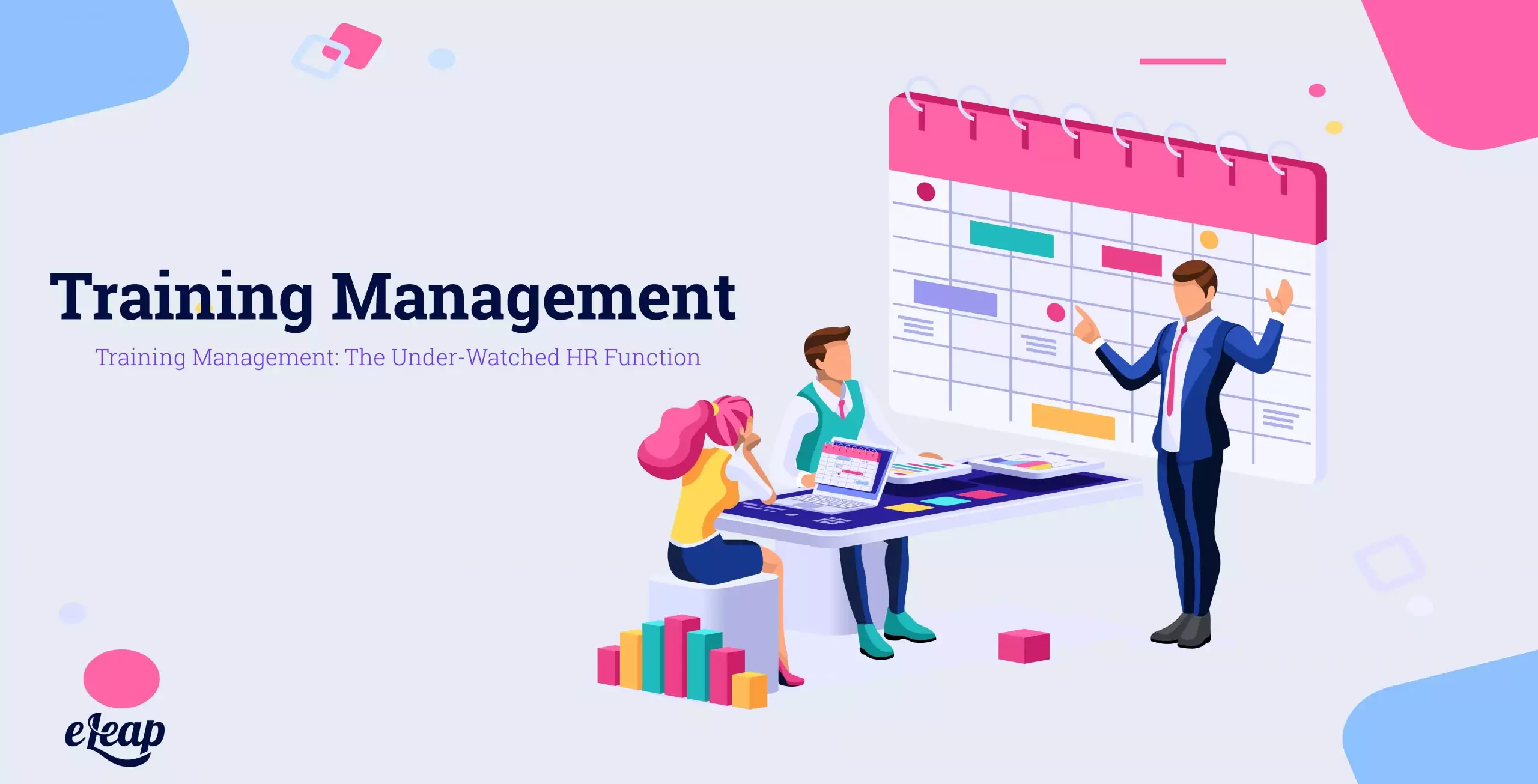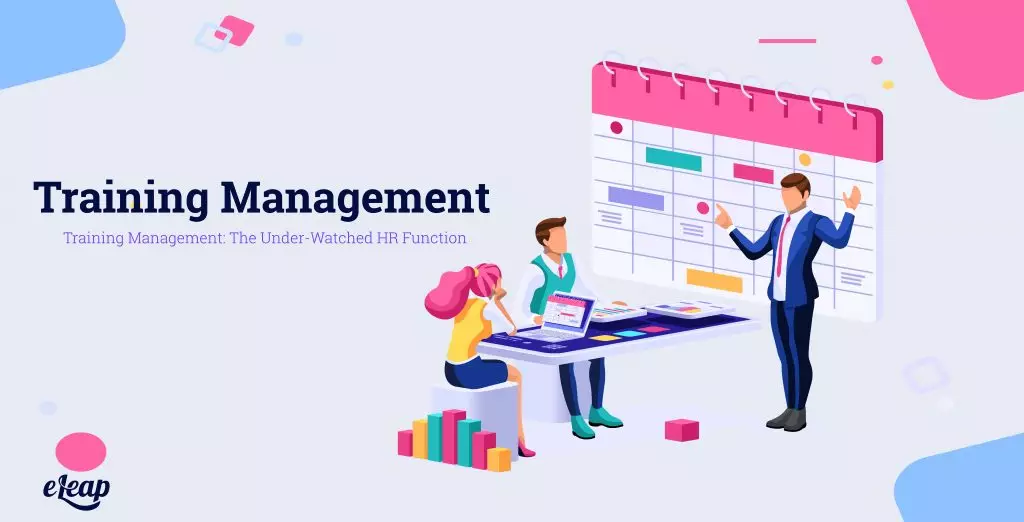Training Management
Monitoring and Evaluating Results: The Overlooked but Most Important Process in Training Management

Training management is a complex process that determines how successful a corporate educational system is. In the learning and development industry, we focus on getting the right training to the employees in the best way possible—but what happens after they receive the training? Are the users retaining the information? Is it leading to success? Do they need continued training?
Too often, L&D professionals cannot answer those questions, even though the answers bear directly on the effectiveness of the training program, techniques, LMS, and even the very policies the company follows in terms of training. It’s increasingly essential that you look beyond the first two processes involved in training management, and focus on the most important, yet overlooked process – monitoring and evaluating the results of your efforts.

Understanding the Most Overlooked Process in Training Management
There are three major processes to training management:
- Defining objectives of the training
- Finding and delivering applicable pieces of training
- Monitoring and evaluating the results of the training
How often, though, do L&D departments focus their energy on the first two steps—determining the purpose and value of the training— without a follow up to ensure that the determined value is truly being, well, valuable?
Industry-wide, money is being poured into employee training—nearly $165 billion annually according to the ATD. Training each employee costs thousands of dollars. But what is the return on investment? Are these employees using this training to improve their skills, perform better at their jobs, and be more productive?
Most companies don’t know. The reason is simple – they don’t track anything beyond the completion of training. Some of this is understandable. After all, it is the employee’s responsibility to apply the training they’ve received, to use the knowledge they’ve gained. If they choose not to, can you really attribute that to a failure of the L&D process? Or is it the employee’s failure? Where does personal accountability enter into the picture?
Actually, even if it is the employee’s failure, it still falls on L&D’s shoulders. Here’s why. If the first two processes were successful, then the employee would have bought into the training and the need to apply it in their professional duties.
Because the employee didn’t buy-in, it means that there was a failure somewhere in the first two processes. However, because the third process is so rarely used, most organizations don’t know there’s a breakdown in the first two. It’s a cycle, with one failure driving another, but no one connecting the dots.
The Biggest Question in Training Management: Did Anyone Learn Anything?
Companies must resolve to focus on the third process of training management: the evaluation. The time put into each process should look something like this:
- Defining objectives: 15%
- Delivering training: 35%
- Monitoring and evaluating results: 50%
Why break it up like this? Because the only way to determine if the first 50% is worth 50% of the time is to continuously evaluate the training!
How can you use the third process of training management to determine the educational program’s effectiveness?
Tests aren’t cool anymore. Employees may be bad test-takers (or they may be great test-takers without great applicators), and studies are finding more and more that tests are not an accurate measure of skill. You also do not want to take your employees off the job to continuously test them every few weeks to see if they learned anything. This simply wastes more time and resources.
Instead, here are three practical, simple, and effective methods of training management:
The Importance of Social Ownership
This is a concept that stems from the idea that experts in a subject field should be able to teach it to others. After giving an employee a specific training put them in a situation where they will have to teach what they learned to another employee. This gives L&D managers an idea of how well concepts are being grasped and understood by employees—and in what language. How do they talk about the subject matter?
Also, peer-to-peer teaching moments are proven to be a successful method of training. They boost engagement and give people responsibility and ownership of their own development.
Have “social ownership” moments in peer workshops or capture them on video—or you can have the learner review the session with the mentor to determine what the mentor knows after the training.
Training Management Skills Assessments
Dissimilar to a test, a skill assessment takes a snapshot of an employee’s skill set before and after training. This can be done through questionnaires, observation, self-reporting, management reporting, peer-to-peer analysis, and more. With the right LMS system, you can find skill assessment snapshots and data analytics that will make this comparison simple and quick.
Setting (and Tracking) Performance Goals
Take process one of training management—defining the purpose of your training—and give it to your employees. What should the training do for them? Set performance goals that employees should be able to reach after attending the training. With a skill assessment, you can determine how close employees came to reaching their performance goals.
Reminder: Training management is not a one-and-done system. These teaching moments and skills assessments should be continuously tracked and updated. Maybe a learner did not reach their performance goals one week after the training, but maybe they did after one month. If you stop evaluating after one week, you will not see the real results.
When you determine the purpose and strategy of your training, figure out which evaluation system will work in tandem to make ongoing training management easy, efficient, and successful.
In Conclusion
Monitoring and evaluating results should constitute the bulk of your training management process, but few companies achieve this goal. The good news is that once you’re aware of the need to do so, it becomes simpler. There’s also the fact that the right tools can help you monitor, track, evaluate, and retrain employees. The right learning management system (LMS) is a crucial asset that allows you to build a thriving organization.